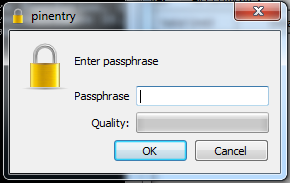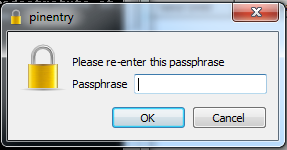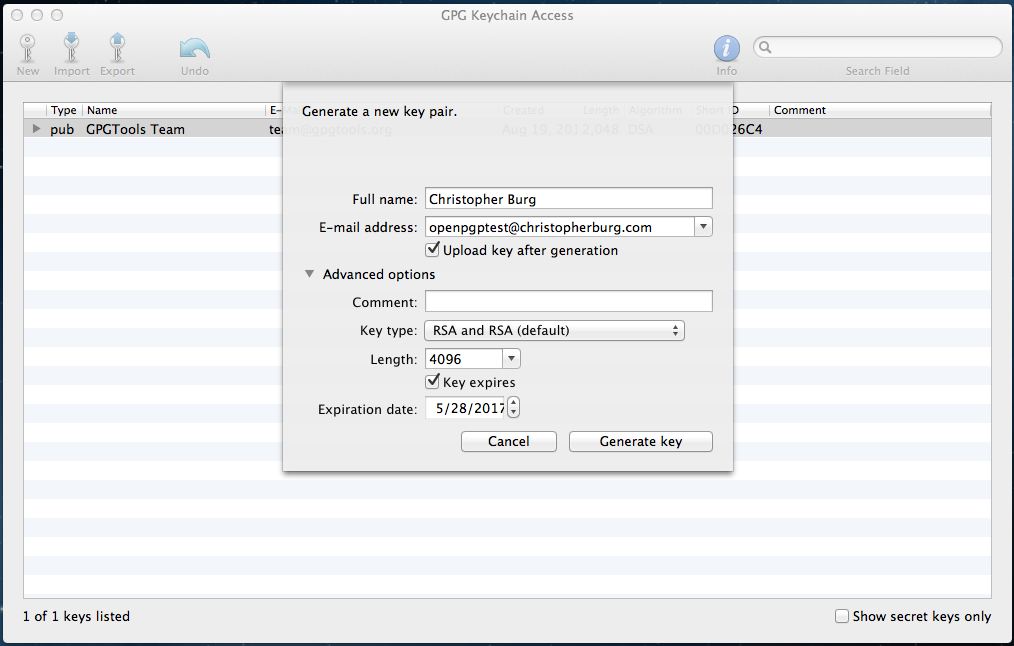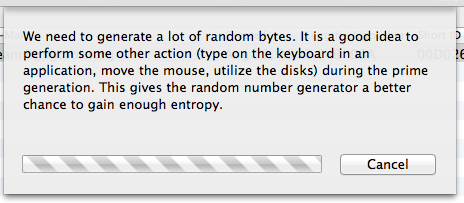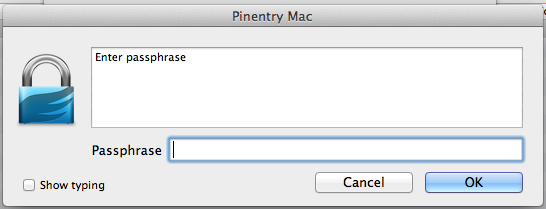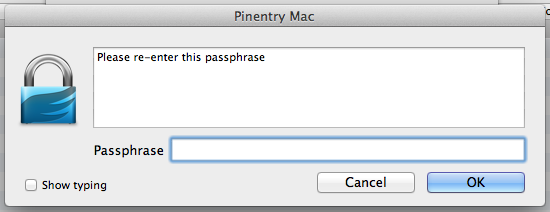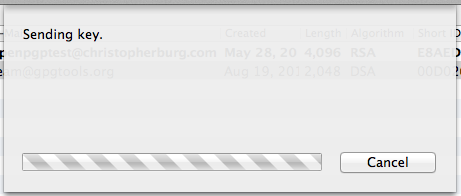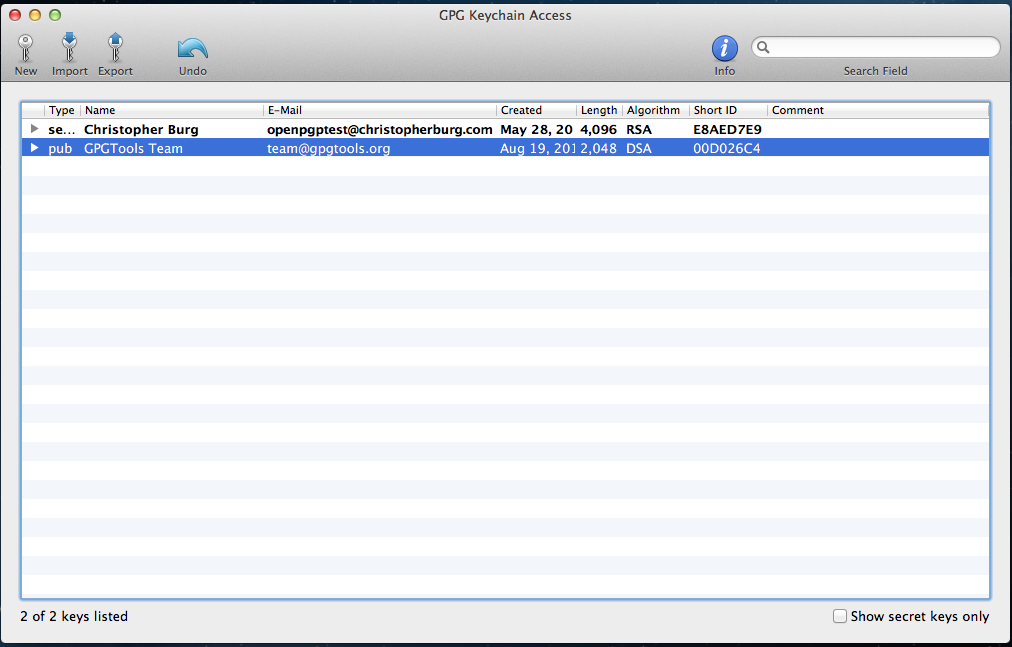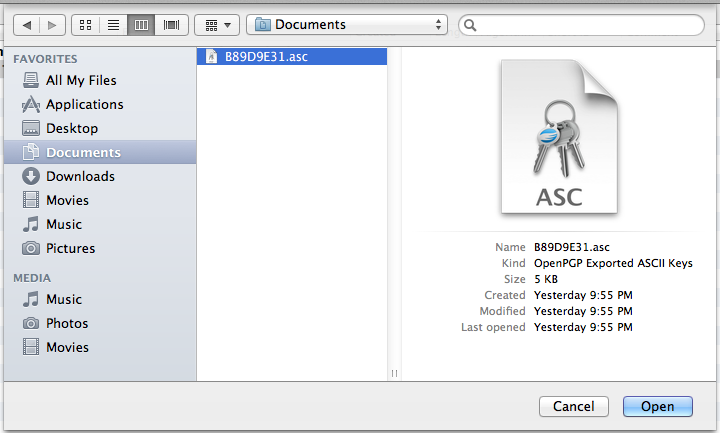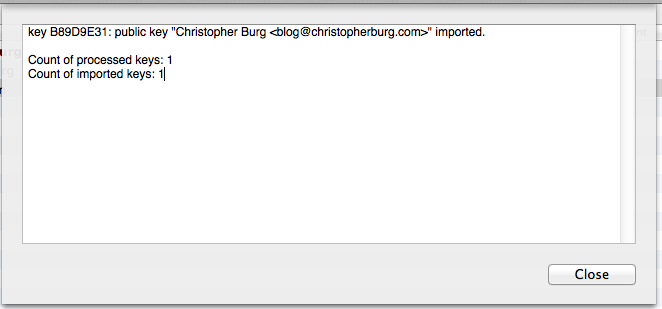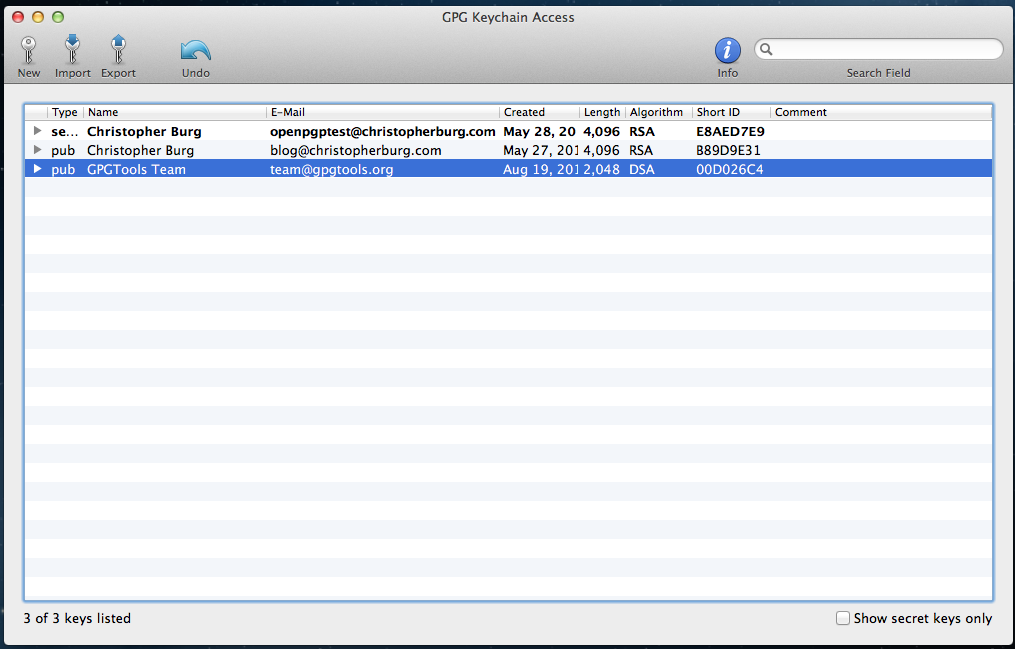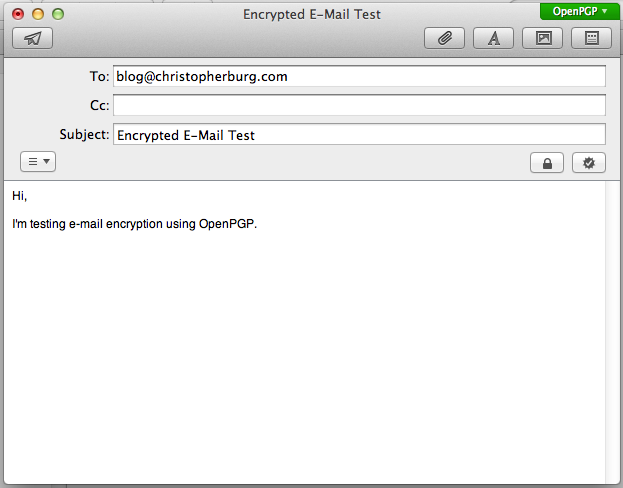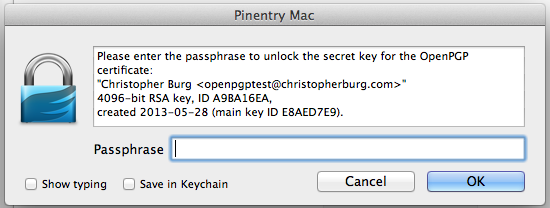After Wednesday’s reveal that the National Security Agency (NSA) has been indiscriminately spying on all of Verizon’s customers things have exploded. Yesterday morning the White House came out and justifed the NSA’s actions:
A senior administration official said the court order pertains only to data such as a telephone number or the length of a call, and not the subscribers’ identities or the content of the telephone calls.
Such information is “a critical tool in protecting the nation from terrorist threats to the United States,” the official said, speaking on the condition of not being named.
“It allows counter terrorism personnel to discover whether known or suspected terrorists have been in contact with other persons who may be engaged in terrorist activities, particularly people located inside the United States,” the official added.
The revelation raises fresh concerns about President Barack Obama’s handling of privacy and free speech issues. His administration is already under fire for searching Associated Press journalists’ calling records and the emails of a Fox television reporter as part of its inquiries into leaked government information.
That justification, to put it frankly, is weak. A subscriber’s phone number is their identity because each phone number is unique and is almost always associated with only one person. Saying that the NSA is only collecting phone numbers but not identifying information is no different than saying the NSA is collecting Social Security numbers but not identifying information. When you’re collecting data that is associated with a specific person you are collecting identifying information.
Even if we assume the statement is true and the NSA has no idea who possess what phone number we’re still left wondering how they can tell whether or not somebody is calling a known terrorist if they don’t know what the known terrorist’s phone number is. If they only know the terrorist’s number then they can easily obtain the identities of the terrorist’s contacts by asking Verizon for the identities of the persons who possess the called numbers. In other words the NSA is collecting identifying information no matter how you look at it.
Furthermore, any terrorist possessing even a minute amount of intelligence isn’t going to use a phone number tied to their person. Instead they will use another person’s phone (either by asking to borrow their phone or by using a cloned SIM card) or buy a disposable phone with cash. Either way the identity of the terrorist won’t be associated with the phone number so it will be almost impossible to identify who the terrorist is calling. At most the NSA will be able to identify extremely stupid terrorists, bust them, and give the remaining terrorists a reason to educate themselves and, in so doing, become far more difficult to capture or, in all likelihood, kill (that’s what the current administration enjoys doing most).
The White House is, as usual, feeding us bullshit. But that’s not the end of the bullshit train. In order to keep up the appearance that strong disagreement exists between the Republicans and Democrats you would think a powerful Republican would come forth and criticize the Obama administration for allowing indiscriminate spying on Americans. Instead one of the more influential Republicans came forward and defended the NSA’s actions:
Sen. Lindsey Graham said Thursday that he is “glad” that the National Security Agency is collecting millions of telephone records — including his own — from one of the nation’s largest telecommunications companies in an attempt to combat terrorism.
Mr. Graham said that he is a Verizon customer and has no problem with the company turning over records to the government if it helps it do its job. The South Carolina Republican said that people who have done nothing wrong have nothing to worry about because the NSA is mining the phone records for people with suspected ties to terrorism.
I’m not surprised to hear a state agent saying he’s OK with the state collecting his information. He is on the safe side of the gun pointed at our heads after all. I’m even less surprised to see Dianne Feinstein is in favor of the NSA’s expansive spying operations:
“As far as I know, this is the exact three-month renewal of what has been in place for the past seven years,” Feinstein asid. “This renewal is carried out by the [Foreign Intelligence Surveillance Court] under the business records section of the PATRIOT Act. Therefore, it is lawful. It has been briefed to Congress.
Feinstein said she could not answer whether other phone companies have had their records sifted through as Verizon has.
“I know that people are trying to get to us,” she said. “This is the reason why the FBI now has 10,000 people doing intelligence on counterterrorism. This is the reason for the national counterterrorism center that’s been set up in the time we’ve been active. its to ferret this out before it happens. “It’s called protecting America.”
What makes Feinstein’s comment interesting is her admittance that Congress was briefed on the operation. If any members of congress feign surprise we now know to call them on their bullshit.
Being a nation of laws somebody is obviously going to perform an investigation into this matter, right? Although it sounds like there will be an investigation it doesn’t sound like it will be an investigation into the NSA:
NEW YORK –- The U.S. Department of Justice may try seeking out the source of a bombshell article that revealed National Security Agency surveillance of millions of Americans, according to NBC News Justice correspondent Pete Williams.
[…]
Williams, a well-sourced reporter who just interviewed Attorney General Eric Holder last night about the leak investigations, jumped in with an answer.
“I was told last night: definitely there will be a leak investigation,” he said.
Before the state ascertained the identity of the person who leaked what is now referred to as the Collateral Murder video there was plenty of opportunity to investigate the pilots of the gunship that killed those Iraqi civilians and Reuters reporters. Instead the current administration moved to investigate the source of the leak. The person who leaked the video was Bradley Manning and, once identified, he was arrested, held in solitary confinement, and is now being put on trial for aiding the enemy. If the source that leaked the court order that revealed the NSA’s indiscriminate spying is discovered I’m sure he or she will be arrested, held in solitary confinement, and tried for aiding the enemy as well.
Bitching about this isn’t going to accomplish anything so we must ask what can be learned from this. I think there are several lessons. First, it’s obvious that the current administration is corrupt to the core. While Obama promised the most transparent government in history his administration has been shrouded in secrecy and embroiled in continuous scandals. His administration has also demonstrated that they prioritize hunting down people who leak classified information above hunting down criminals within the government’s employ. Second, we can no longer afford to communicate through unsecured channels. Every piece of data we send to each other must be encrypted and anonymized to prevent the government’s prying eyes from violating our privacy. Third, those crazy conspiracy theorists who have been telling us that the government is spying on our every communication aren’t so crazy. We must now assume that they are correct and that the government is spying on our every communication because, as this most recent leak shows, the government’s spying operations are vast and giving absolutely no regard to due process. Fourth, there is another war being waged by the federal government, a war against our privacy. The only way to defend ourselves in this war is to violate the government’s privacy in turn. Our violations of the government’s privacy will be met with arrests, imprisonments, and possibly executions but will also cause its legitimacy to erode.
The government will continue to use technology to suppress us but that very same technology can be used to suppress the government. We must wield technology more effectively than the government in order to keep our privacy.
